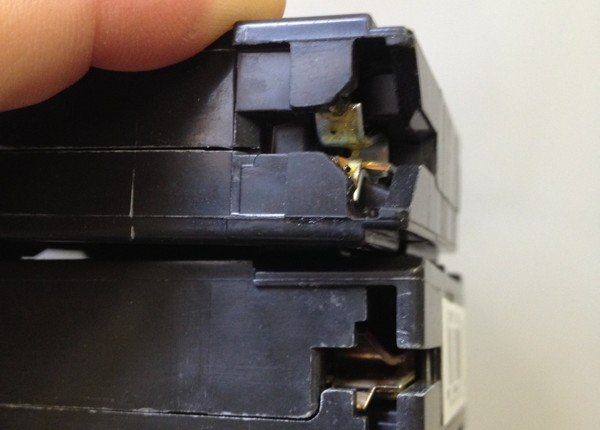Two Electricians Said it’s Fine
Mismatched Breaker Brands?
Sometimes being a home inspector feels I’m part of a boxing match. The buyer VS. seller is the main event. The seller has an electrician in his corner, and the buyer has me. Let’s get ready to rumble. One of the most things we write up in the electrical panel is mismatched breakers. This is when there is a breaker in the panel that is not listed to be installed in the panel. May times we get slugged with the “two electricians said it was fine” line. I find it very curious that every homeowner has exactly two electricians look at, but I am digressing. Is it a defect or not?
The “Technical” Knock Out


The NEC states in 110.3 “Equipment must be installed and used in accordance with any instructions included in the listing or labeling requirements”
So What’s the Problem?

“But is it really a problem?”
Sometimes, its not enough to write up a defect. People want to know if its really going to cause an issue. Honestly, I don’t know. I’m not an electrical engineer. I’m a generalist and I simply go by the label for this particular issue. The good news is that it’s typically an easy fix. If you can find the breakers allowed in the panel, switch them out, and call it a day. If you can’t find an appropriate replacement breaker, you may have to bite the bullet and replace the panel. Panel replacement can run about $1000 or more. If there are no replacement breakers available, the panel is likely old, and may be due for an upgrade anyway. Paying $1000 to know your panel is safe, is a sound investment in my opinion.




